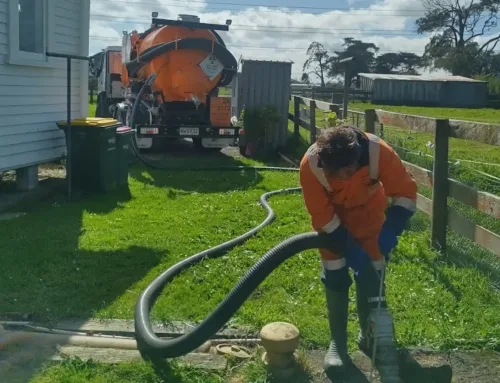The Only Guide for Reclaim Waste
The Only Guide for Reclaim Waste
Blog Article
The Main Principles Of Reclaim Waste
Table of ContentsReclaim Waste for DummiesSee This Report on Reclaim Waste8 Simple Techniques For Reclaim WasteWhat Does Reclaim Waste Do?The Best Strategy To Use For Reclaim Waste
Check out the types, incidents, and forms of fluid waste. Domestic sewer waste refers to the waste and products from a household septic tank. This kind of waste is developed by humans in houses, colleges, and other structures. This only consists of septic systems that have a drain area. The correct management and disposal of residential sewer waste require liquid waste to be moved to a sewage treatment plant where the proper methods and devices are applied to cleanse and take care of waste.
Business waste commonly includes potential threats, such as flammable materials or a combination of fluid and solid waste products, and calls for an advanced and in-depth disposal procedure. The disposal of commercial waste typically involves the filtration of waste prior to transport to ensure secure and appropriate disposal. Industrial waste is developed from byproducts and overflow of industrial procedures and production.
This kind of waste can not use the same sewage monitoring transport or processes as septic or commercial liquids. The industrial waste administration procedure requires the examination and screening of fluid waste prior to it undertakes the disposal procedure (industrial wastewater treatment). Runoff waste is the fluid waste that originates from drainage and excess stormwater in highly populated areas or cities
Overflow waste can trigger contamination and flooding if not dealt with effectively. Ensuring appropriate waste administration can prevent catastrophes and decrease ecological injury.
All about Reclaim Waste
Call PROS Solutions today to learn concerning our waste management and disposal solutions and the proper methods to take care of the fluid waste you generate.
(https://slides.com/reclaimwaste1)This so-called 'wastewater' is not only an essential source however, after treatment, will be launched to our land, waterways or the ocean. Utilized water from commodes, showers, bathrooms, cooking area sinks, washings and industrial processes is known as wastewater.

water used to cool down machinery or clean plant and tools). Stormwater, a form of wastewater, is runoff that moves from agricultural and city locations such as roofings, parks, yards, roadways, paths and gutters right into stormwater drains pipes, after rain. Stormwater moves untreated straight to regional creeks or rivers, eventually reaching the ocean.
Reclaim Waste Things To Know Before You Buy
In Queensland, the majority of wastewater is dealt with at sewage treatment plants. Wastewater is delivered from domestic or commercial websites via a system of sewers and pump stations, understood as sewage reticulation, to a sewage therapy plant.
The Department of Natural Resources suggests city governments about managing, operating and maintaining sewerage systems and therapy plants. In unsewered locations, city governments might need owners to install private or house sewer treatment systems to treat domestic wastewater from commodes, kitchens, restrooms and washings. The Division of Natural Resources authorizes making use of home systems when they are verified to be effective.
In some brand-new class, therapy of some stormwater to remove litter, sand and gravel has actually started making use of gross contaminant traps. Wastewater therapy occurs in 4 phases: Removes strong issue.
Wastewater after that streams right into huge storage tanks where solids settle and are gotten rid of as sludge. Oil and scum are skimmed from the surface. Makes use of little living microorganisms knows as micro-organisms to break down and remove remaining dissolved wastes and fine bits. Micro-organisms and wastes are incorporated in the sludge. Removes nitrogen and phosphorus nutrients that could trigger algal flowers in our waterways and threaten water life.
What Does Reclaim Waste Do?
Nutrient removal is not offered in all sewer therapy plants since it calls for costly specialised tools. It is becoming a lot more usual in Queensland. Clear liquid effluent produced after therapy may still include disease-causing micro-organisms. If this effluent is launched right into rivers such as rivers or the sea, the micro-organisms will at some point pass away out.

The majority of wastewater moves into the sewerage system. Under the Act, local federal governments administer authorizations and licences for ecologically appropriate activities (Ages) including wastewater releases that may Read More Here have a neighborhood impact.
Some Known Questions About Reclaim Waste.
Tracking offers valid details regarding water top quality and can validate that permit conditions are being satisfied. The details acquired via tracking offers the basis for making water top quality decisions.
Report this page